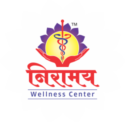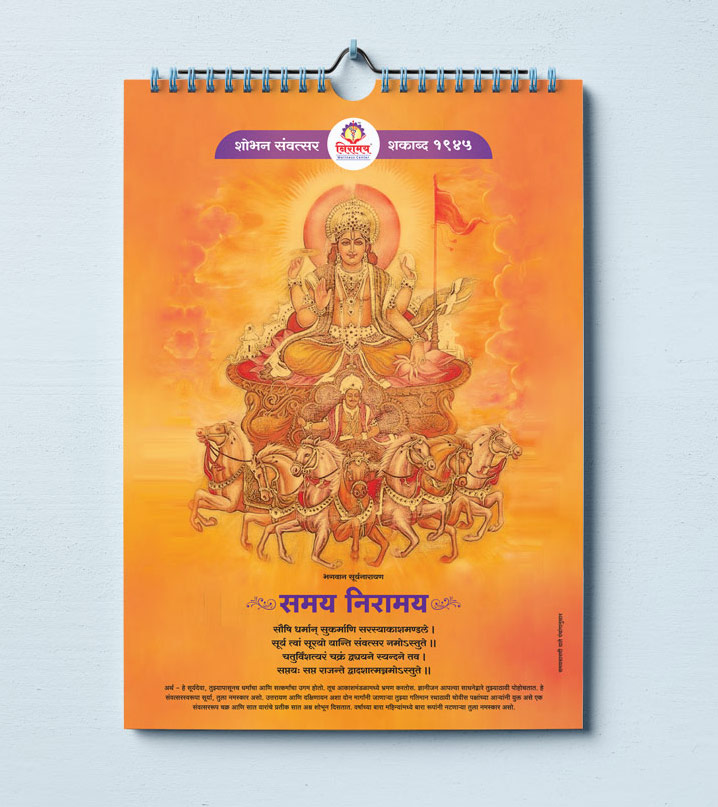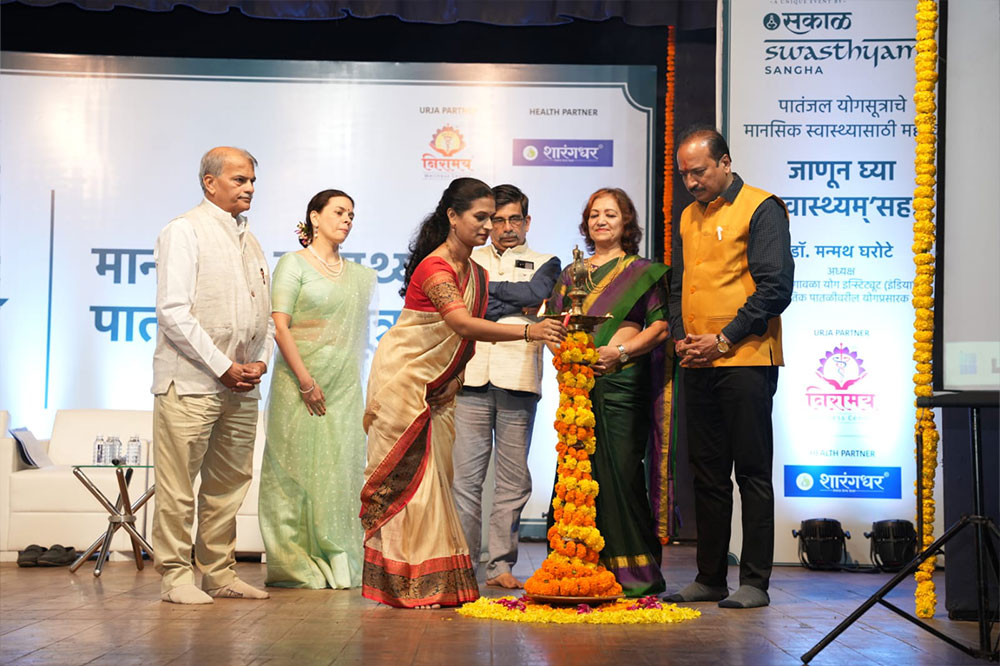Spiritual science – Sapt Kosh
(seven levels of existence): Spiritual science (Adhyatma) is described as ‘Adya + Atman’ or tracing the root of the Atman (one’s real self). It involves gaining the knowledge of the self or the eternal consciousness.
Spiritual science is not merely some practice or pursuit. It highlights a clear path towards understanding one’s real existence. The human body is considered to be a tool for this journey. Human existence is not merely the visible physical body. As described in Taittiriya Upanishad, human existence spans seven levels. Among them, five levels (Panchkosh) are associated with the physical body and mind. They are the Annamay, Pranmay, Manomay, Vidnyanmay and Anandmay Koshas. The body comprising these five Koshas is known as Upadhi or the one which houses the Atma (individual soul). All these levels are crucial for the development on an individual. Beyond these five levels are the Atma and Paramatma.
Annamay Kosh is the tangible body also known as the physical body. The next four Koshas, viz. Pranmay, Manomay, Vidnyanmay and Anandmay, are collectively called as the subtle body, energy body or etheric body (Ling Deh). The word Ling is described as that which clarifies the implied meaning behind a concept – ‘लीनम् अर्थं गमयति इति लिंड़्गम’. To elaborate, one can understand that the eyes see, ears hear, nose smells, tongue tastes and skin feels the touch; but this knowledge is interpreted by the mind and intellect, which are invisible.
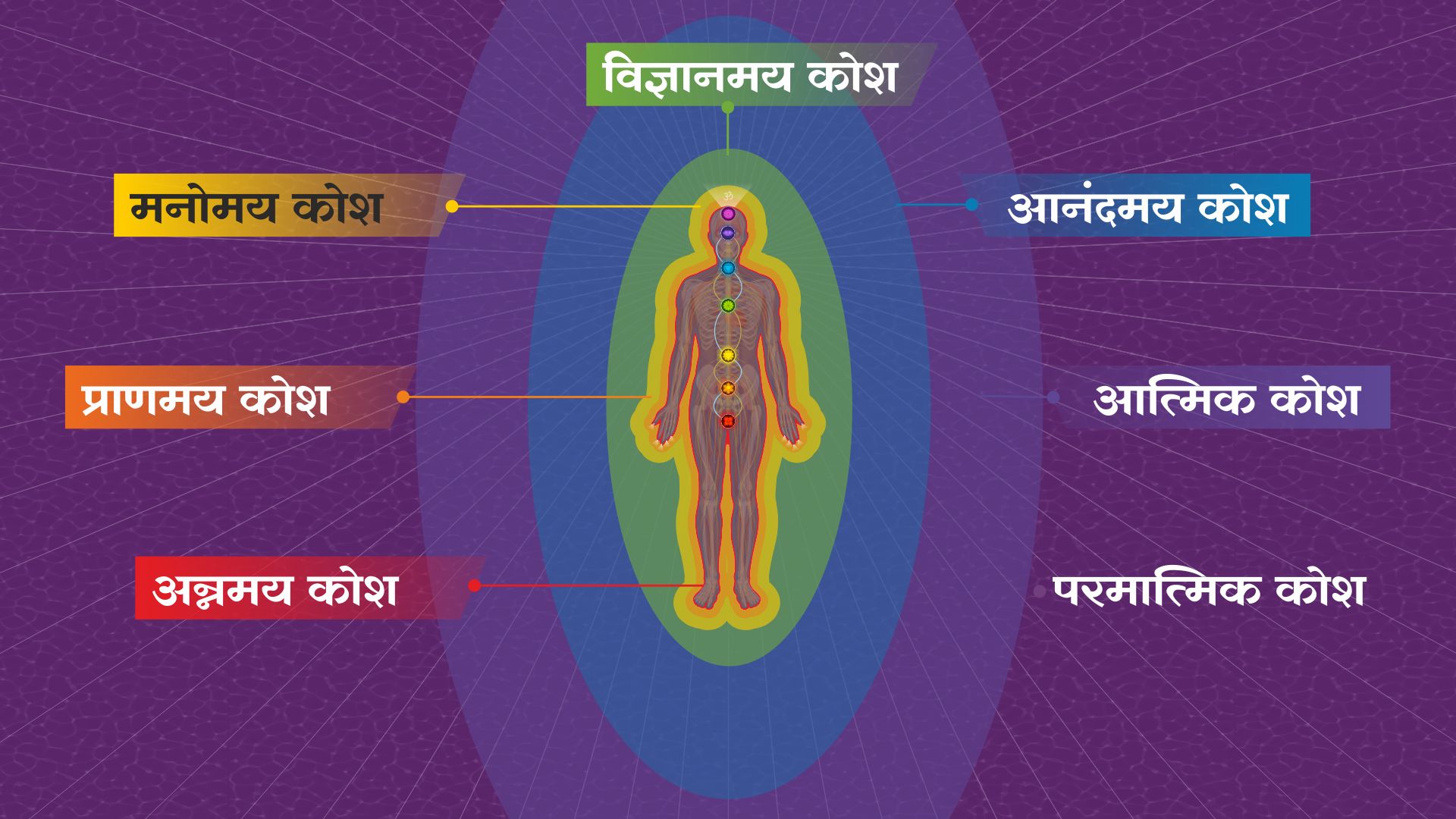
The physical body receives the stimulus and the subtle body deciphers the meaning. These five Koshas are connected to the body and mind and are vital for the development of a person. The two levels further ahead are the Atmic Kosh (causal body) and Paramatmic Kosh (higher causal body). These two Koshas are a tool for spiritual liberation or attainment of Moksh.
Various organs of the physical body work to ensure the continuance of bodily functions. Similarly, there are seven Chakras in the subtle body, viz. Muladhar, Swadhishthan, Manipur, Anahat, Vishuddh, Adnya and Sahasrar Chakra. The first five Chakras provide the body with the earth, water, fire, air and space element respectively. The Mahat Tatva located in Adnya Chakra regulates these five elements, while the Paramtatva coming from the Sahasrar Chakra provides the body with the necessary Chaitanya. If the functioning of any of these components is disrupted, it gives rise to physical or mental diseases.
Swayampurn Upchar can help the patient regain physical and mental health through a balancing of the energies of
the seven Chakras and the five elements
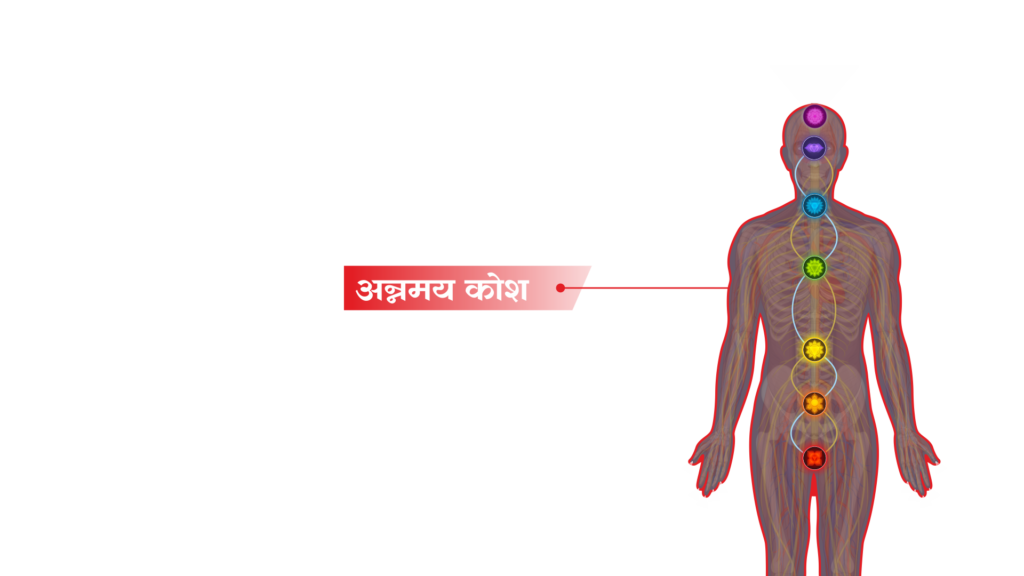
Annamay Kosh
This corresponds to the physical body. It is created from the food taken by the mother while inside her womb and later from the outside food taken by the person. This is perishable. This body made of physical material is nourished by the Shadras Anna (food complete in all aspects) taken in.
The food is digested and converted into the Sapt Dhatu – Ras (bodily fluids), Rakt (blood), Mams (flesh), Med (fats), Asthi (bones), Majja (bone marrow) and Shukra / Raj (reproductive cells), which are all required for the functioning of the body. Taittiriya Upanishad describes food as the medicine for the body. A body is made up of the Panchpran and 11 organs of perception and action. The Vedas have described this as the Ling Sharir and Yog Shaastra calls this Annamay Kosh. A person focused on the physical body finds pleasure in the material world. This keeps the person away from the true joy or bliss.
Pranmay Kosh
This is the energy body. It is a part of the subtle body. It covers the Annamay Kosh and is made up of the energy required for life. Annamay Kosh derives its Pran from this Kosh. This enables the physical body to perform the various tasks and functions. But, this is not the Atma.
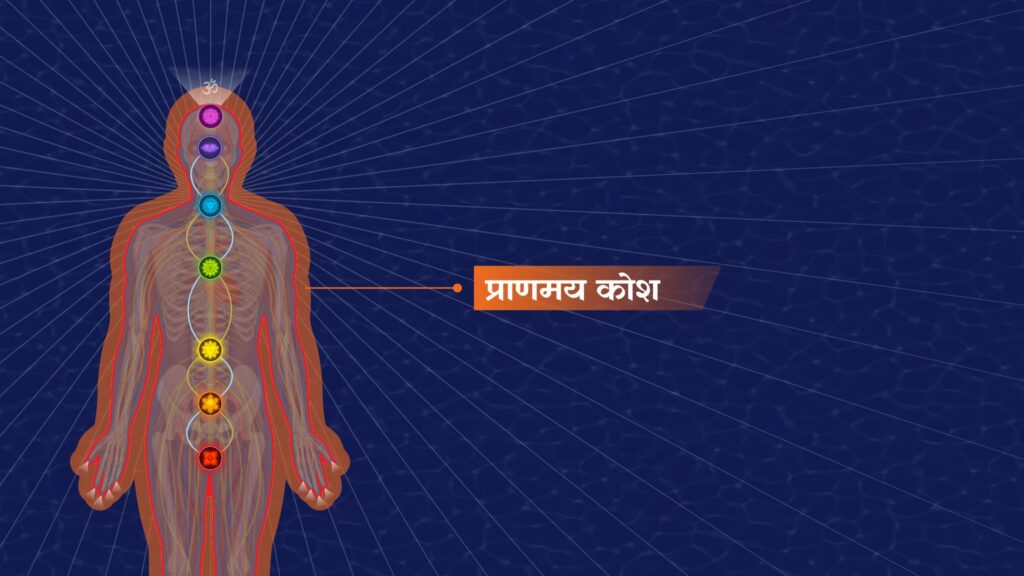
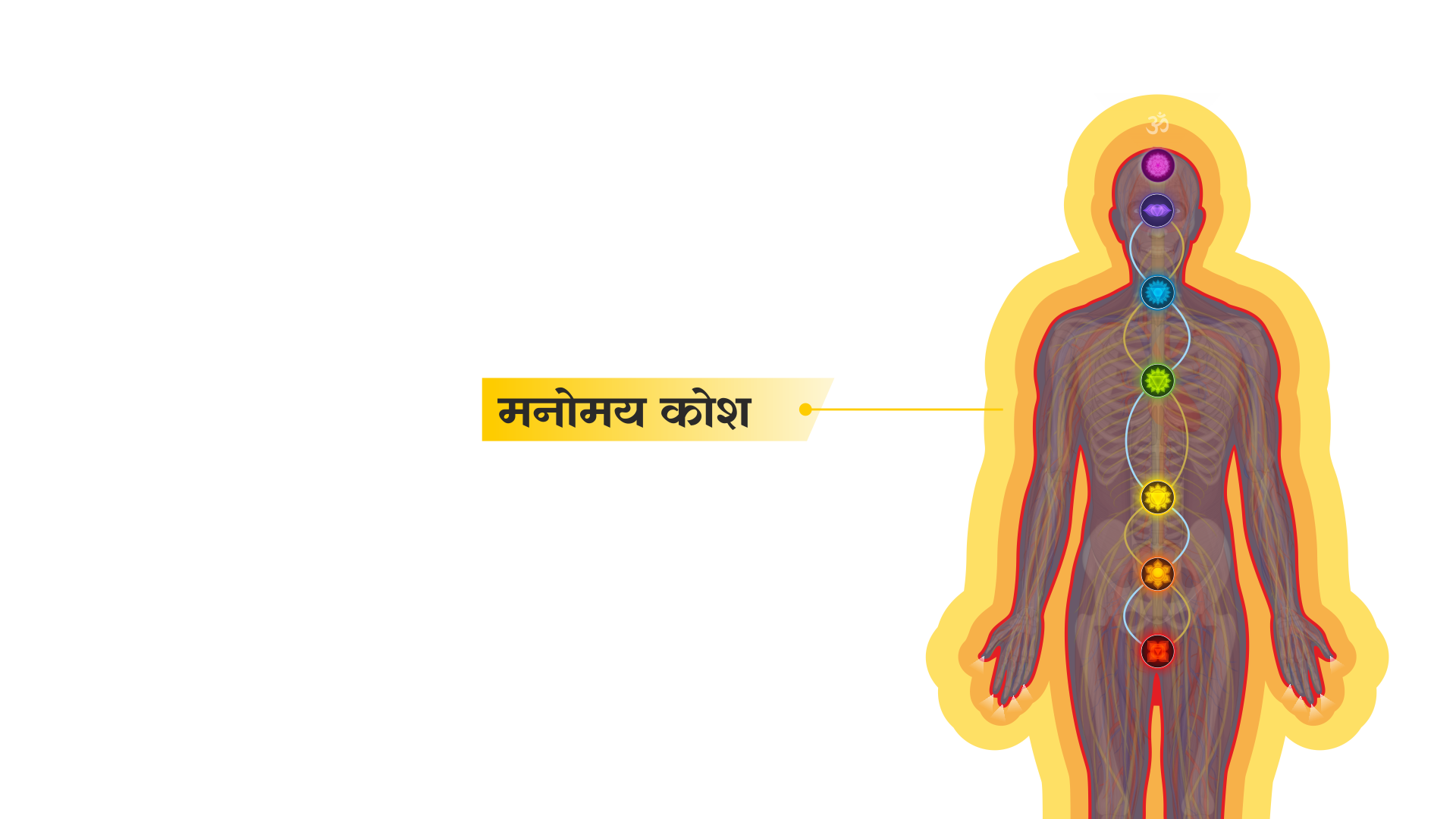
Manomay Kosh
This is also a part of the energy body. It covers the Pranmay Kosh and is connected to the five sense organs (ears, skin, eyes, tongue and nose) and the Antahkaran. Two of the three Gunas that originate from Prakruti (nature) – Raj and Tam – are located in the Antahkaran. Raj is full of passion and is born from desires and attachment. It binds the Atma through its actions and attachment. Tam represents the dark feelings and cruelty in a man. It is formed from lack of knowledge and delusion. It binds the Atma through carelessness, dullness and sleep. The feelings of ‘I’ and ‘mine’ are created from this. The sense organs depend upon the mind. Thus, determined or skeptical nature, and feelings of love or hate originate from here. These feelings fill up the Pranmay Kosh and affect the Annamay Kosh.
Most of the diseases originate from improper thoughts in the mind. As long as the mind is not purified, the disease afflicting the body is not fully cured. The mind and body are engaged in mutual actions and reactions. Mental problems give rise to physical ailments and vice-versa. Almost all diseases can be traced back to the mind. Thoughts such as ‘I may catch cold or some other infection’, actually prepare our body for the onslaught of those particular microbes. This is because, the type of actions depends upon the type of thoughts and actions in turn have their repercussions.
While physical ailments are caused by the lacunae in the body; sometimes pent-up emotions and traumas also have an impact on various organs, weakening them in the process in some cases. The energy from various emotions creates blockages in the Nadis, which can lead to diseases in future.
Vidnyanmay Kosh
Even this Kosh is a part of the energy body. It covers the Manomay Kosh and is connected to the five sense organs and the intellect. Any rational actions done by the physical body and the understanding of any concept happens from here. This level has the capacity to reflect the Chaitanya, which gets manifested in the form of progress through knowledge and resultant action. Action is associated with the physical body and its organs. The available information when converted into knowledge through self-study and applying the criterion of past experience is stored in this Kosh in the form of energy. Thus, this Kosh is rich in knowledge.
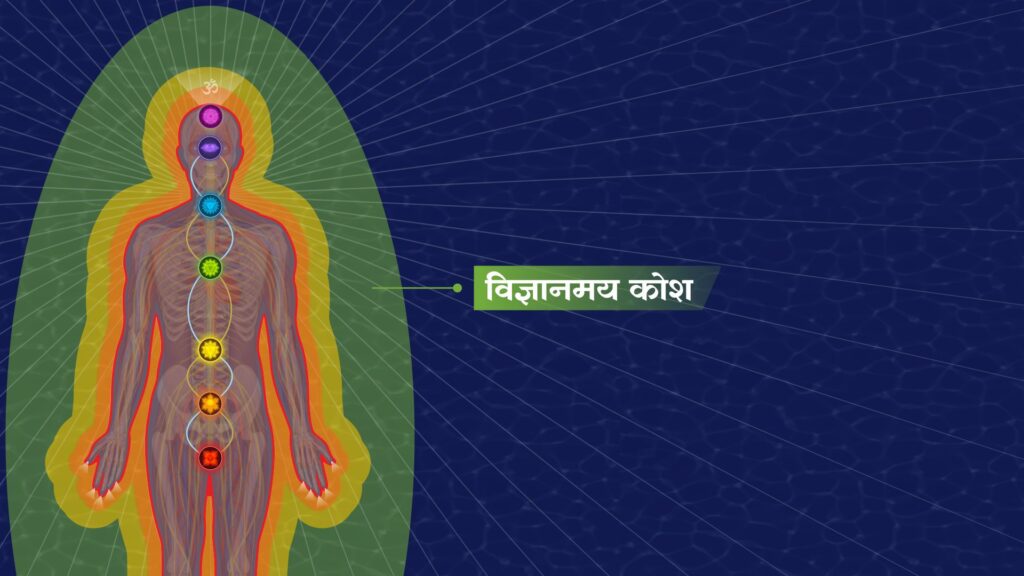
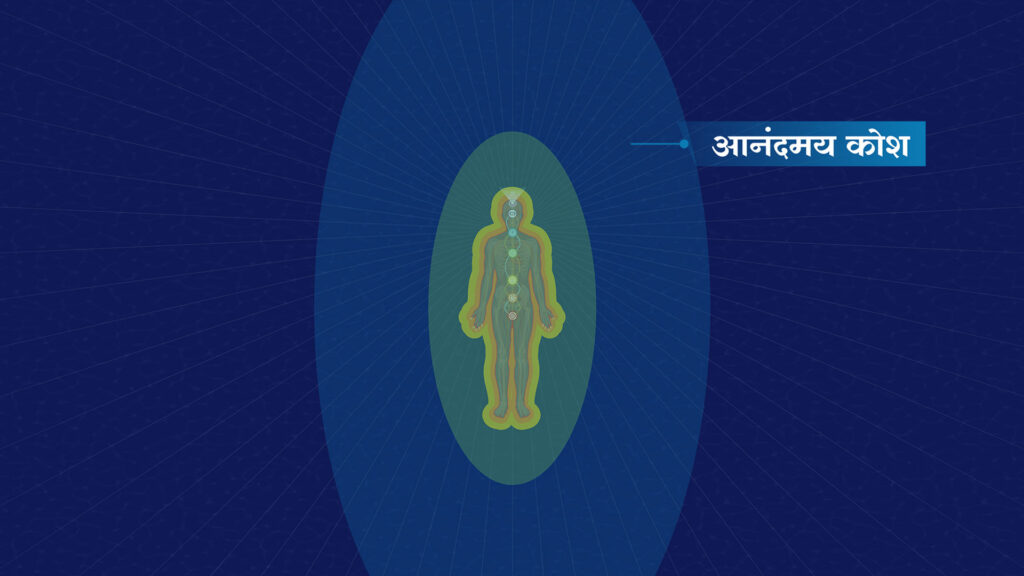
Anandmay Kosh
This level is also a part of the energy body. It covers the Vidnyanmay Kosh and is formed from pure bliss, which is the next experiential stage of knowledge. After getting over all the Shadripu (six enemies of human progress) what remains is pure bliss – unadulterated and selfless. This refers to the joy at the level of the Atma. Any kind of happiness derived from achieving or gaining something is stored in the Manomay Kosh. But, the joy in Anandmay Kosh is beyond all that. For instance, Sant Meerabai was joyful despite suffering from agony. She was calm and blissful even while drinking the glass of poison. After having realized the mortal nature of the physical body and having connected with the Prakruti or Paramatma, all aspects such as happiness, sorrow, anger and greed tend to get neutralized and what remains is pure bliss.
The first three Koshas above, viz. Annamay, Pranmay and Manomay, are connected to the body, mind and life energy, and closely surround the body. They are responsible for physical and mental problems. The real knowledge is possible only by surpassing them and that leads to pure bliss.
Atmic Kosh
This is the sixth level known as the causal body. Satva Gun originating from Prakruti is located here. Satva is pure, luminous and free from disease. This gives bliss to the Atma and is connected with knowledge.
Sant Dnyaneshwar said, “The whole world is my abode” (हे विश्वची माझे घर). He was concerned about the world at a young age. He toiled and faced adversity so that everybody gets the knowledge and bliss. He continued his worldly existence for the benefit of the masses by getting into Sanjeevan Samadhi saying “I can sense the world’s call for help in my mind” (विश्वाचे आर्त माझ्या मनी प्रकाशले) even though the route for his liberation was wide open. This was devoid of any sense of ego and full of cosmic awareness. In such an exalted state the feeling of oneness (Advait) emerges that highlights the unity between oneself and the rest of the world.
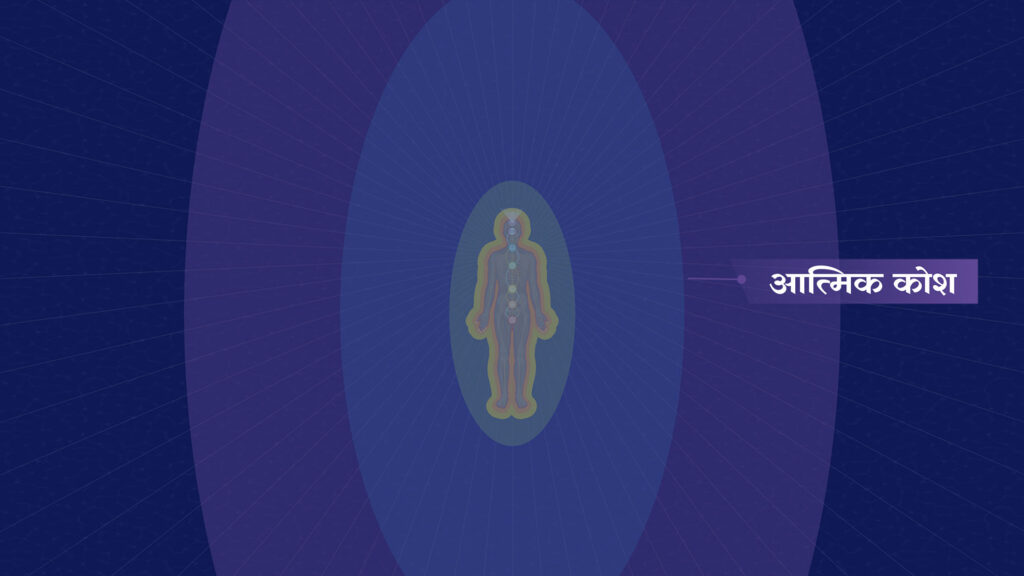
Paramatmic Kosh
Beyond the Atma is the Paramatma. When Atma merges with the Parameshwar (higher energy) it transforms into Paramatma. Parameshwar is pure light. The merging of the Atma with light is the seventh level of existence also called as divine body or higher causal body. Bhagwan Buddha had described this as Nirvan Kaya. This implies Moksh or freedom from repeated births. Sants and Mahants (men of wisdom) who are free from the Shadripus (six intrinsic enemies) and have attained realization are worthy of Moksh. The Aarti (devotional song) dedicated to Bhagwan Ganpati composed by Swami Ramdas mentions “निर्वाणी रक्षावे”.
Most people remain entangled in the Annamay Kosh and the Atma continues to travel through many births seeking fulfillment of material desires. Adhyatma involves reaching the stage of self awareness by progressing through each Kosh. Humans keep accumulating this knowledge over a series of births.
The following scriptures are included in the Panchatattva balance in self-healing

Spiritual science – Sapt Kosh
Spiritual science is not merely some practice or pursuit...

Naturopathy
The world of nature is made up of the five basic elements. Tatva is a rule....

Nadis and Chakras
There is description in Yog Shaastra about the presence of seven....

The Science of Mudra
The word Mudra is derived from the Samskrut root word...

Psychology
One’s thoughts and utterances travel in the form of vibrations and continue to exist ....

Akshar Brahma
Kshr implies perishable and that which does not perish is Akshar.It is the eternal.....
